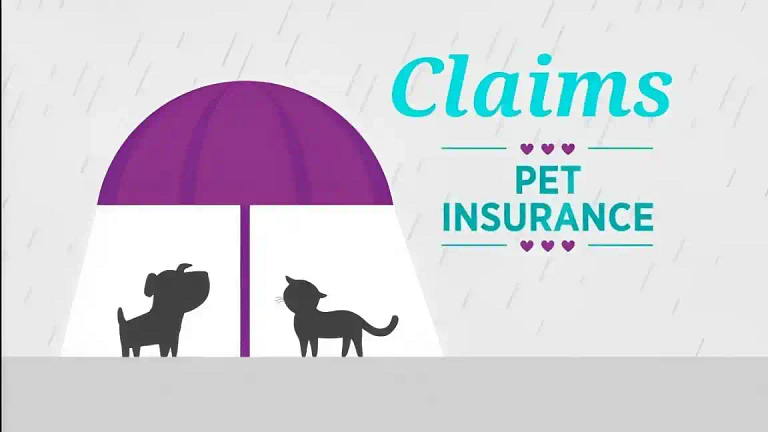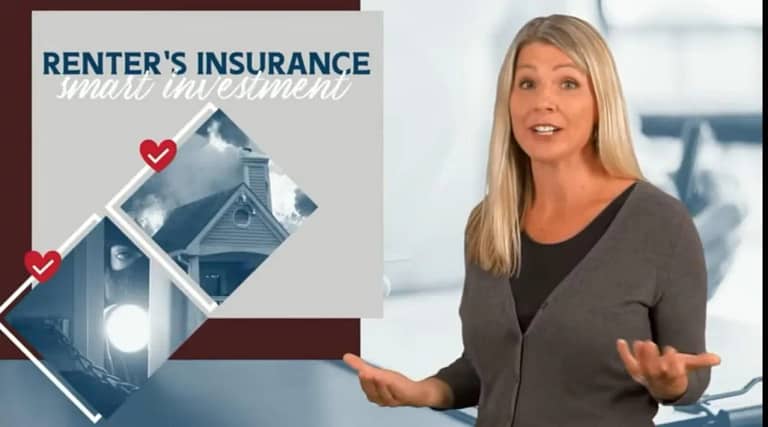What Does Home Insurance Not Cover Exploring Optional Coverage
Do you know all the ways your home insurance not cover can protect you? It’s like having a safety net for your home and belongings. But did you know there are things it might not cover? Many people don’t realize this. Studies show that 70% of homeowners aren’t aware of these limitations.
Sure, it helps with common problems like theft or burst pipes, but what about other things? Like pesky pests or certain dog breeds? It’s important to check the details before it’s too late. Don’t wait for a problem to find out you’re not covered! In this article, we’ll explain what home insurance covers and what it doesn’t. It’s like looking under the hood of your car to see how it works.
Insurance Exclusions not Covered by Home Insurance
Home insurance typically doesn’t cover certain exclusions or events. Here are some common exclusions:
Earthquakes and floods: Damage from earthquakes and floods usually requires separate coverage, as they are not included in standard home insurance policies. Ground movement refers to damage caused by earthquakes before and after volcanic eruptions, landslides, mudflow, sinkholes, and any other sinking in or shifting of the earth.
War and nuclear hazards: Damage caused by war, nuclear accidents, or acts of terrorism is typically excluded from coverage. Instead, homeowners are responsible for addressing wear and tear through regular maintenance and repairs.
Wear and tear: Routine maintenance of your home, like plumbing leaks or mold growth are usually not covered. In home insurance, wear and tear typically refers to the natural process or the breakdown of materials and structures in a home that happens inevitably over time.
Intentional damage: Any damage caused intentionally by you or someone else in your household is typically excluded from coverage. Intentional damage refers to any harm caused deliberately or purposefully to a property, whether by the homeowner or another individual.
Business activities: Home insurance usually doesn’t cover liabilities related to running a business from your home or any business-related property damage. This means that if a client or customer is injured on the property while conducting business, or if business related equipment or inventory is damaged or stolen.
Certain high value items: Items like jewelry, art, or collectibles may have coverage limits in standard policies, and additional coverage may be needed for full protection. It’s essential for homeowners to identify and assess any high value items they own and consult with their insurance provider to determine if additional coverage is necessary to safeguard.
It’s essential to review your policy carefully to understand what is covered and excluded, and consider additional coverage options if needed.
What Does a Standard Homeowners Insurance Policy Cover?
- Dwelling coverage: This protects the structure of your home from covered perils like fire, windstorms, and vandalism.
- Personal property coverage: It reimburses you for the loss or damage of your personal belongings, such as furniture, electronics, and clothing, due to covered events.
- Liability protection: This provides financial protection if someone is injured on your property and you are found responsible.
- Additional living expenses (ALE): If your home becomes uninhabitable due to a covered event, ALE helps cover the cost of temporary housing, meals, and other necessary expenses.
- Other structures coverage: This extends coverage to structures on your property not attached to your home, like a detached garage or shed.
- Medical payments coverage: This pays for medical expenses if a guest is injured on your property, regardless of fault.
While these are the main components of a standard homeowners insurance policy, coverage can vary, so it’s important to review your policy and understand what is included and excluded.
Optional Coverage to Add to a Home Insurance not Cover Policy
When considering optional coverage to add to a home insurance policy, homeowners may want to evaluate their individual needs and assess potential risks. Some optional coverages to consider include:
Flood insurance: Adding a separate flood insurance policy can provide coverage for damage caused by overflowing rivers, heavy rain, or storm surges.
Earthquake insurance: Similar to flood insurance, earthquake damage is typically excluded from standard policies. Adding earthquake insurance can provide coverage for structural damage, personal property loss, and additional living expenses incurred due to an earthquake.
Sewer backup coverage: This optional coverage protects against damage caused by sewer or drain backups, which can lead to water damage in basements or other areas of the home.
FAQs
How much homeowners insurance do you need?
Determining how much homeowners insurance you need depends on various factors, including the value of your home, the cost to replace your belongings, and your financial situation. Here are some steps to help you assess your coverage needs.
Does homeowners insurance cover damage caused by pests?
No, home insurance not cover damage. Most standard policies exclude coverage for damage resulting from infestations of insects, rodents, or other pests, as well as the cost of pest removal or extermination.
Conclusion
In conclusion, homeowners insurance provides valuable protection against a range of risks, there are several key exclusions to be aware of. These include damage caused by natural disasters like earthquakes and floods, intentional acts of damage or negligence, liabilities related to certain activities such as running a business from home. So, home insurance not cover damage.






